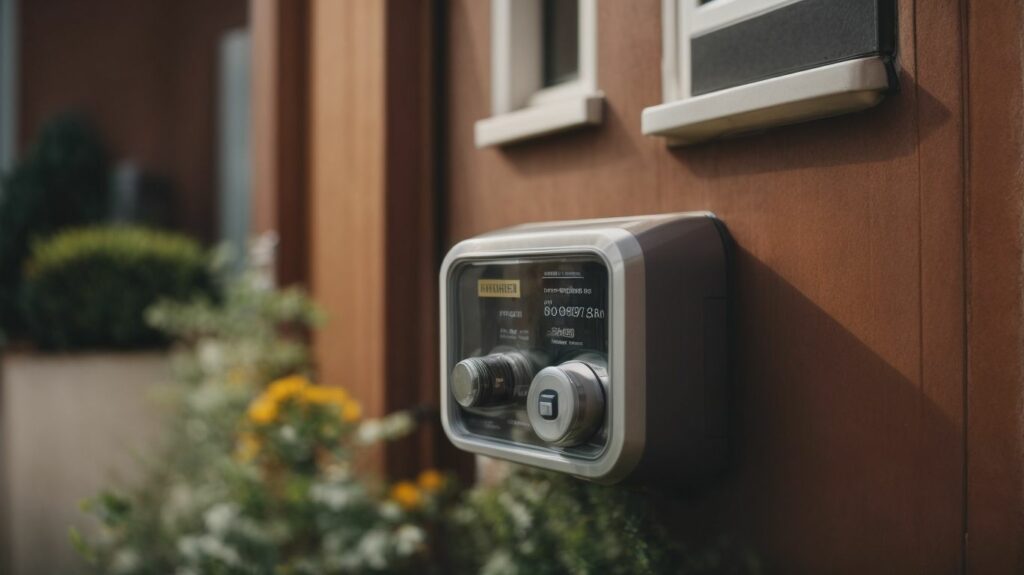20+ Years Experience
Specialist EICR Testing

Enquire Today For A Free No Obligation Quote
EICR and PAT testing are vital processes that ensure the safety of electrical installations and portable appliances.
EICR, or Electrical Installation Condition Report, involves a thorough assessment of the electrical system in a building, identifying any potential hazards or faults. Whereas, PAT testing, or Portable Appliance Testing, focuses on testing and inspecting portable electrical equipment.
Both EICR and PAT testing are crucial for maintaining a safe working environment and complying with legal requirements.
Continuing with this understanding, it is essential to grasp the specific details that set EICR and PAT testing apart. While EICR revolves around the inspection and assessment of fixed electrical installations, such as wiring systems and distribution boards, PAT testing is primarily concerned with portable appliances like laptops, extension cords, and power tools.
EICR and PAT testing serve different purposes. EICR testing is conducted periodically or during major renovations to evaluate the overall condition of an electrical installation. This helps identify any potential fire hazards, shock risks, or non-compliance with safety standards.
PAT testing, on the other hand, is performed more frequently and focuses on assessing the safety of individual portable appliances. It ensures that they are properly maintained and do not pose any potential risks to users.
Professionally, EICR testing ensures the condition and safety of electrical installations. This involves a comprehensive examination of the entire electrical system to detect any potential hazards or faults.
By conducting EICR testing, experts can identify any defects, deterioration, or non-compliance with safety regulations. Through meticulous inspection, professionals assess the condition of various electrical components, including wiring, sockets, switches, and distribution boards.
Moreover, this analysis encompasses the assessment of earthing, bonding, and overall electrical system functionality. It ensures that electrical installations are in optimal condition, minimizing the risk of electrical accidents, fires, or disruptions.
With safety as the top priority, EICR testing provides vital information for property owners to address any necessary repairs or improvements promptly. By taking action based on the results, individuals can safeguard their property, protect occupants, and demonstrate compliance with electrical regulations.
Ensuring the safety of portable electrical appliances is crucial, and PAT testing plays a vital role in achieving this.
This process involves assessing the electrical safety of devices like laptops, tools, and kitchen equipment to identify potential faults, such as faulty wiring or insulation issues.
By conducting regular PAT testing, businesses and individuals can mitigate the risk of electrical accidents and ensure the safety of their employees, customers, and properties.
During PAT testing, qualified engineers use specialised equipment to conduct various tests, including visual inspections, earth continuity tests, insulation resistance measurements, and portable appliance function tests.
These tests help identify any potential electrical faults or defects, allowing necessary repairs or replacements to be carried out promptly. By adhering to PAT testing regulations and guidelines, businesses can comply with legal requirements and demonstrate their commitment to safety.
It is important to note that PAT testing serves as a preventive measure to identify potential hazards and prevent accidents, rather than a guarantee of absolute safety.
While PAT testing significantly reduces the risk of electrical incidents, it should be complemented by other safety measures, such as regular maintenance and user awareness.
PAT and EICR testing are two distinct procedures used for assessing electrical safety.
PAT testing, short for Portable Appliance Testing, involves checking electrical appliances to ensure they are safe to use.
EICR testing, or Electrical Installation Condition Report, examines the overall condition of an electrical installation, identifying potential hazards and recommending necessary repairs.
Both tests serve different purposes in ensuring electrical safety. When comparing PAT and EICR testing, it is essential to understand their specific focuses and procedures.
PAT testing primarily concentrates on individual electrical appliances, such as laptops, kettles, or power tools. By conducting visual inspections and performing electrical tests, engineers assess the safety of these appliances, looking for faults, damage, or potential risks.
EICR testing takes a broader view by inspecting the entire electrical installation in a building. This includes examining the wiring, sockets, switches, and distribution boards to identify any faults, deterioration, or non-compliance with safety regulations.
While both tests are crucial for maintaining electrical safety, their scope and objectives differ. PAT testing aims to ensure the safety of individual appliances and prevent electrical accidents due to faulty equipment.
It is typically performed on a regular basis, depending on the nature of the appliances and environment. EICR testing focuses on evaluating the overall safety of the electrical installation in a building.
It helps identify potential hazards, such as outdated wiring or faulty circuits, and provides recommendations for remedial actions.
EICR testing is generally conducted periodically or when there is a change in occupancy or significant alterations to the electrical system.
To ensure electrical safety, it is important to make informed decisions when it comes to testing. One such consideration is the difference between Portable Appliance Testing (PAT) and Electrical Installation Condition Report (EICR) Testing.
PAT testing focuses on inspecting and testing portable appliances to ensure they are safe and in good working condition. On the other hand, EICR testing involves a thorough examination of the overall electrical installation within a building.
By understanding the distinction between PAT and EICR testing, individuals can make informed decisions about which testing method is most appropriate for their specific needs. It is crucial to consider factors such as the type of equipment being used, the size of the premises, and the potential risks involved.
Furthermore, it is important to regularly carry out testing to maintain electrical safety. While PAT testing is typically recommended for appliances that are frequently moved or used, EICR testing is advisable for assessing the overall condition and compliance of electrical installations in order to identify potential hazards.



















We Aim To Reply To All Enquiries With-in 24-Hours